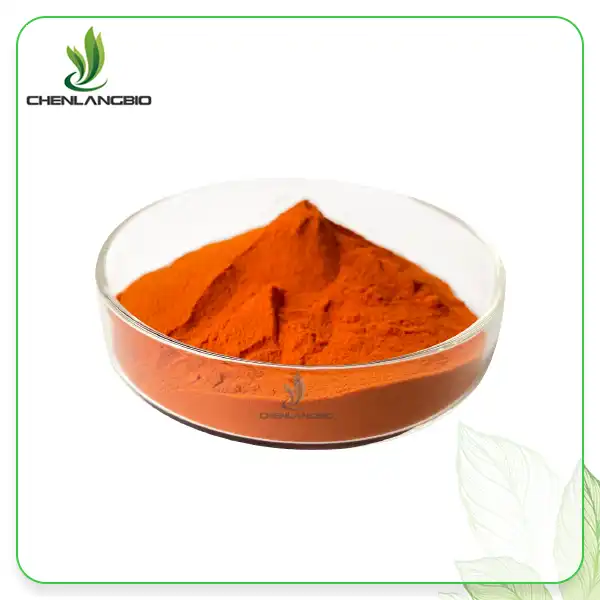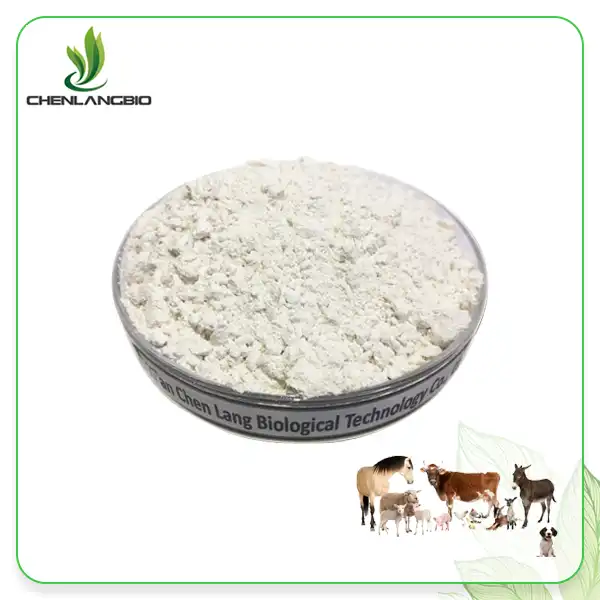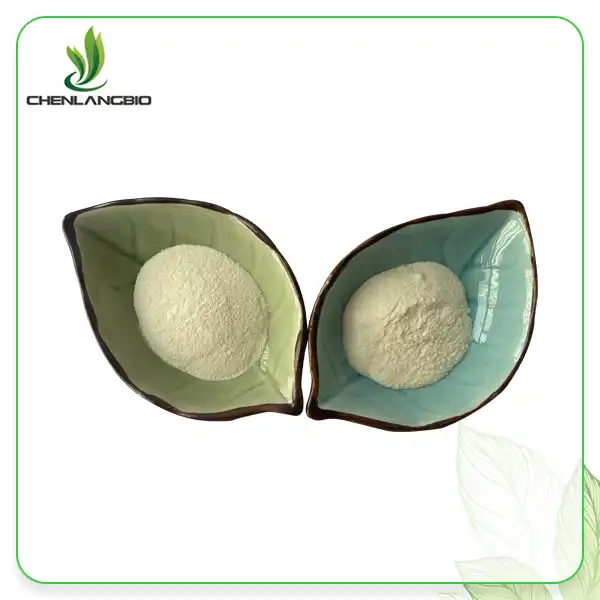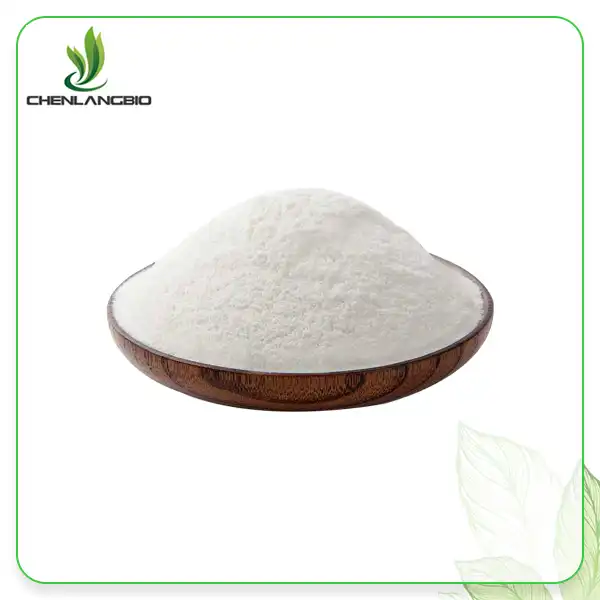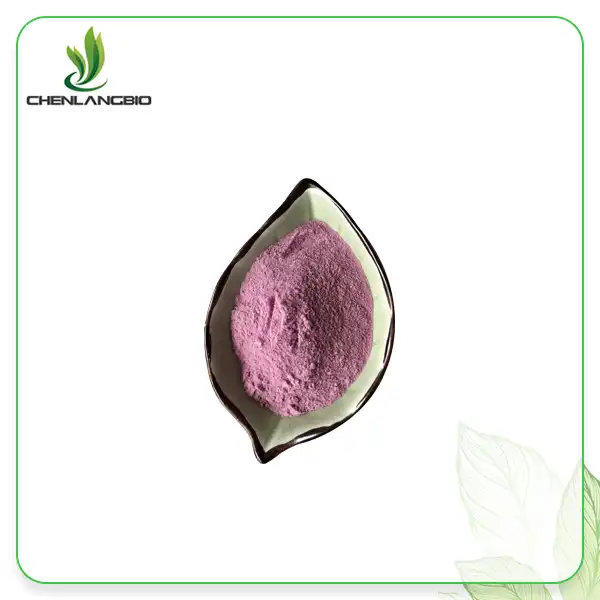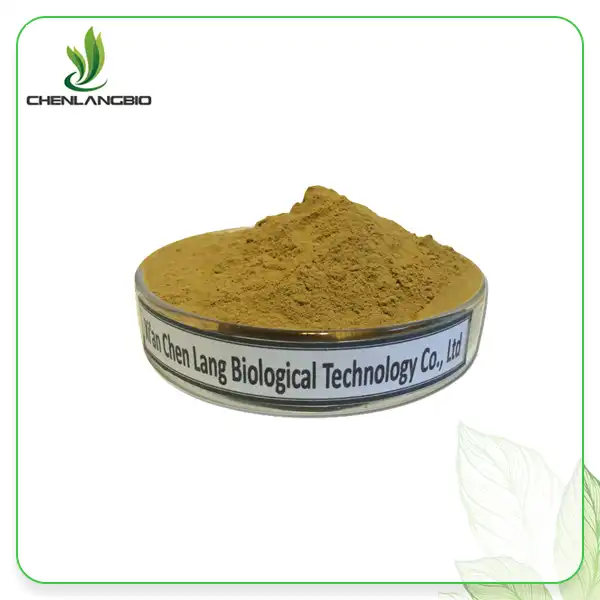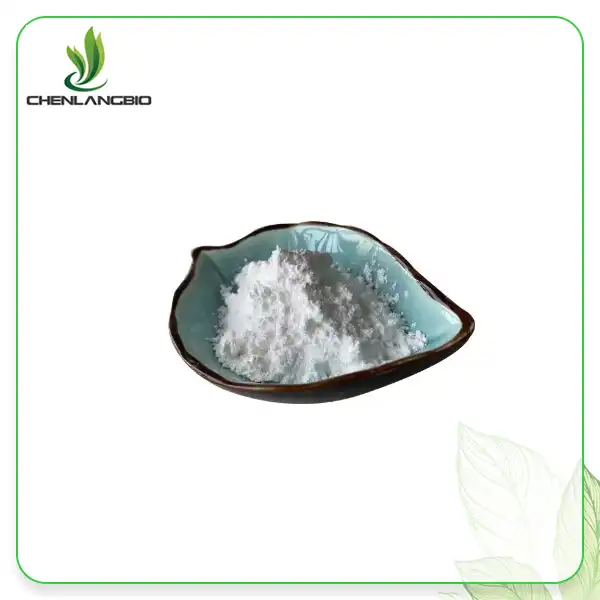Can I Use Sodium Ascorbyl Phosphate with Retinol
2024-07-13 13:40:05
Sodium ascorbyl phosphate, or SAP, is a stable form of vitamin C that is well-known for its antioxidant and skin-brightening properties. Retinol, a derivative of vitamin A, is widely recognized for its ability to promote cell turnover and anti-aging characteristics. These ingredients may significantly enhance your skincare routine, but mixing them together requires care to avoid irritating your skin and ensure maximum potency. This post will go over whether or not SAP and retinol complement one another and how to use them in your skincare regimen.
What Are the Benefits of Using Sodium Ascorbyl Phosphate?
Understanding SAP's Skincare Benefits
Sodium ascorbyl phosphate, a potent antioxidant, helps protect the skin from environmental harm caused by free radicals.This content looks too robotic
It also brightens the skin, which makes it useful for evening out skin tone and reducing hyperpigmentation. In addition, SAP's stability in comparison to other forms of vitamin C guarantees that it will continue to be effective in skincare formulations for a longer period of time.
Key Benefits of SAP
Brightening: SAP improves skin radiance and reduces dark spots.
Protection from Oxygen: It neutralizes free radicals, preventing skin damage and premature aging.
Creating Collagen: SAP helps maintain the firmness and elasticity of the skin by stimulating the production of collagen.
Acne Treatment: Acne can be reduced and breakouts can be avoided thanks to its antimicrobial properties.
How SAP Differs from Other Vitamin C Forms
Unlike ascorbic acid, which can be unstable and irritating, SAP is gentle on the skin and maintains its potency over time. This stability makes it a preferred choice for those with sensitive skin or for inclusion in products with a longer shelf life.
Can Sodium Ascorbyl Phosphate Be Used with Retinol?
Understanding Retinol’s Skincare Benefits
Retinol is renowned for its ability to promote cell turnover, reduce the appearance of fine lines and wrinkles, and improve skin texture. It works by stimulating the production of new skin cells and increasing collagen production, which helps to maintain youthful and healthy-looking skin.
Potential Conflicts Between SAP and Retinol
pH Levels: Retinol is most effective at a lower pH, whereas SAP requires a slightly higher pH to remain stable. Using them together can compromise the effectiveness of both ingredients.
Skin Sensitivity: Both retinol and Sodium ascorbyl phosphate can cause irritation, particularly in sensitive skin. Combining them may increase the risk of redness, peeling, and dryness.
Safe Ways to Use SAP and Retinol Together
To avoid irritation when using both SAP and retinol in your skincare routine:
Various Nights: Take SAP one day and retinol the next. With this method, you can get the most out of both ingredients without making your skin feel blotchy.
Evening and Morning: Retinol should be used at night and SAP in the morning. This separation ensures that each product can function effectively and helps to prevent any potential conflicts between the two ingredients.
Is It Safe to Use Sodium Ascorbyl Phosphate with Niacinamide?
Understanding Niacinamide’s Skincare Benefits
Niacinamide, also known as vitamin B3, is a versatile ingredient known for its anti-inflammatory properties, ability to regulate oil production, and improvement of skin elasticity. It is often included in skincare routines to help reduce the appearance of enlarged pores and uneven skin tone.
Potential Conflicts Between SAP and Niacinamide
pH Compatibility: Unlike retinol, niacinamide operates at a pH level that is compatible with SAP, making them suitable for use together.
Ingredient Stability: Both niacinamide and SAP are stable in formulations, reducing the risk of irritation or degradation when used in combination.
Safe Ways to Use SAP and Niacinamide Together
Combining niacinamide and sodium ascorbyl phosphate can enhance your skincare routine:
Layering: You can layer niacinamide and SAP without any issues. Apply niacinamide first, followed by SAP, or use a product that combines both ingredients.
Concentration: Ensure that both ingredients are present in safe concentrations to avoid overloading your skin.
Can Sodium Ascorbyl Phosphate Be Used with Sunscreen?
Importance of Sunscreen in Skincare
Sunscreen is a critical component of any skincare routine, providing protection against harmful UV rays that can cause premature aging and worsen hyperpigmentation. Using sunscreen daily helps to prevent skin damage and maintain a healthy complexion.
Benefits of Using SAP with Sunscreen
No Direct Conflicts: There are no direct conflicts between SAP and sunscreen. In fact, using them together can enhance skin protection.
Synergistic Effects: SAP’s antioxidant properties can complement sunscreen by neutralizing free radicals generated by UV exposure, providing an additional layer of protection.
Safe Ways to Use SAP with Sunscreen
For optimal skin protection:
Application Order: Apply SAP first, allow it to absorb fully, and then follow with sunscreen. This order ensures that SAP can penetrate the skin effectively.
Broad-Spectrum Sunscreen: Use a broad-spectrum sunscreen with at least SPF 30 to provide adequate protection against UVA and UVB rays.
What Ingredients Should Not Be Mixed with Sodium Ascorbyl Phosphate?
Ingredients to Avoid
Benzoyl Peroxide: Benzoyl peroxide is commonly used to treat acne but can oxidize and degrade SAP, reducing its effectiveness.
Copper Peptides: Copper peptides promote wound healing and skin repair but can react negatively with SAP, leading to reduced efficacy of both ingredients.
Safe Usage Tips
To avoid interactions with other ingredients in skincare:
Different Use: Utilize copper peptides or benzoyl peroxide at a different time than SAP. Take, for instance, SAP in the morning and copper peptides or benzoyl peroxide in the evening.
Test of Patch: When combining new ingredients, always perform a patch test to monitor any adverse reactions.
Conclusion
Sodium ascorbyl phosphate is a potent and stable vitamin C derivative that can aid in the treatment of hyperpigmentation and provide antioxidant protection for the skin. However, it is essential to be mindful of the products and ingredients you mix with SAP in order to maximize its effectiveness and prevent skin irritation. You can develop a skincare routine that utilizes the full potential of SAP without compromising skin health by comprehending these interactions and adhering to the safe usage guidelines presented in this blog.
Feel free to get in touch with us at admin@chenlangbio.com if you want personalized guidance or more information about our products.
References
Healthline | The Benefits and Uses of Sodium Ascorbyl Phosphate
Byrdie | Sodium Ascorbyl Phosphate: What It Is and How It Benefits Your Skin
Allure | Everything You Need to Know About Sodium Ascorbyl Phosphate
Journal of Clinical and Aesthetic Dermatology | Sodium Ascorbyl Phosphate: A Vitamin C Derivative for Skin Health
Dermatology Times | Understanding the Role of Sodium Ascorbyl Phosphate in Skincare
WebMD | Sodium Ascorbyl Phosphate: Benefits, Uses, and More
Medical News Today | The Benefits of Vitamin C Derivatives in Skincare
Marie Claire | Sodium Ascorbyl Phosphate: A Stable and Effective Vitamin C Alternative
Vogue | The Rise of Sodium Ascorbyl Phosphate in Skincare
American Academy of Dermatology | Vitamin C in Skincare: Understanding Sodium Ascorbyl Phosphate
Send Inquiry
Related Industry Knowledge
- What is D-Luciferin Potassium Salt Used for?
- What is Cactus Extract Powder Made From?
- What are the Benefits of Cetyl Tranexamate HCL?
- Does Sodium Copper Chlorophyllin Affect Oxalate Levels
- How Do You Use Glabridin Powder
- What is the Difference Between Vitamin C and Sodium Ascorbyl Phosphate
- What is the Classification of Phytosphingosine
- Can NMN Raise Blood Pressure
- What Should I Pay Attention to When Using Alpha Arbutin
- Quaternium 73 for Acne


